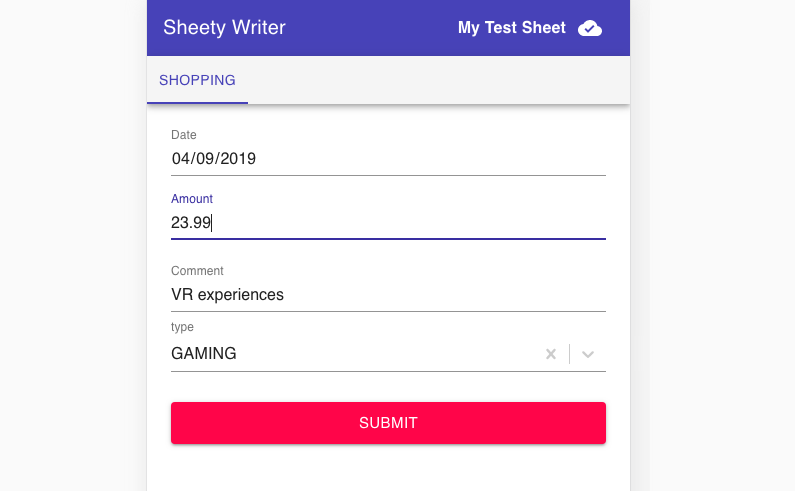
Sheety Writer
- PWA to write to a google sheet.
- Built using TypeScript, React.
- github.com/fmilitao/sheety-writer
Progressive Web App for writing to a Google Sheet. Uses material-ui react components to have an Android-like look-and-feel. Mostly used to track expenses. Since my Google API key is encrypted, you will not be able to use this project directly. Instead, you should follow the instructions in the README.md to get your own API key and point to your desired Google Sheet.

iRest
- Eye rest notifier.
- Built using TypeScript, Electron.
- github.com/fmilitao/iRest
App to trigger a notification every 20 minutes to look 20 feet away, for 20 seconds. Uses MacOS “say” command, which will likely not work in other operating systems.
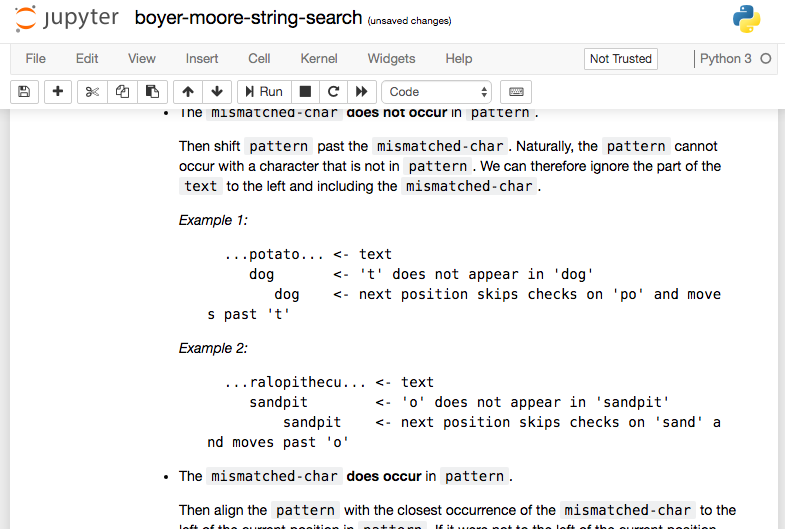
Jupyter Probe
- Boyer-Moore algorithm.
- Built using Python, Jupyter notebook.
- github.com/fmilitao/jupyter-probe
Boyer-Moore algorithm in a Jupyter notebook.
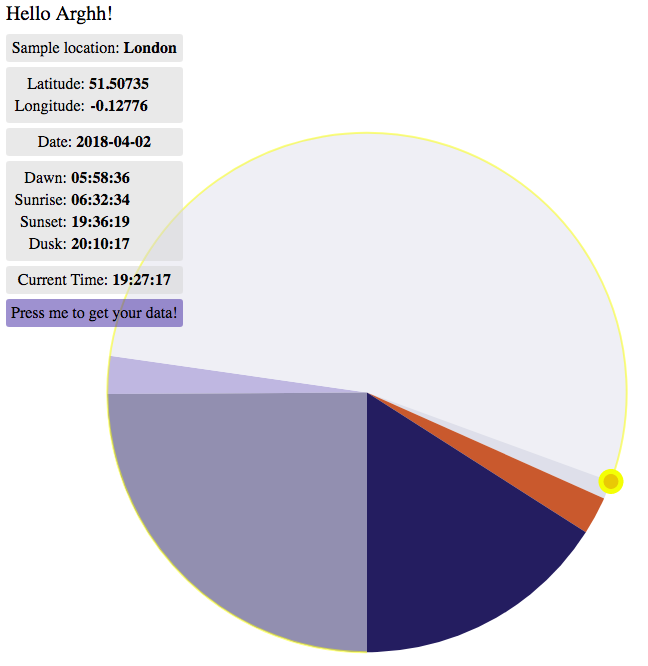
ARGHH
- Sunset/sunrise visualization.
- Built using TypeScript, d3.js, webpack.
- github.com/fmilitao/arghh
Visualization of sunset/sunrise for a location, if geolocation allow, or some sample data is shown.
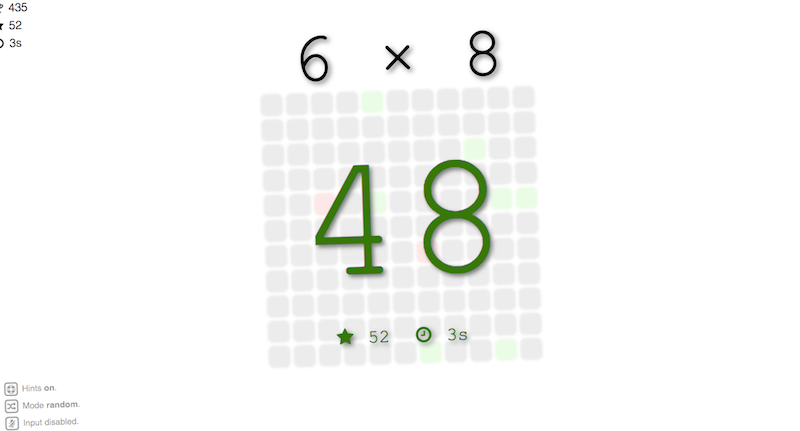
Ok-Times
- Times table practice game.
- Built using TypeScript, d3.js, Web Speech API.
- github.com/fmilitao/ok-times
An okayish way to practice the times table, with questions ranging from 2 to 12.
The background of the game displays a matrix with colors corresponding to your progress and how fast you answered. The default mode uses random values based on weights that bias the randomness towards questions that are, on average, harder. The sequential mode just goes over all values in sequence. To help out, after a few seconds, the correct answer fades in if hints are enabled.
Perhaps the most interesting feature is voice recognition support via the Web Speech API. This feature is currently only available on Google Chrome. It allows both questions to be read via speech synthesis and answers listen via voice recognition. Different languages are supported using Google’s speech services.
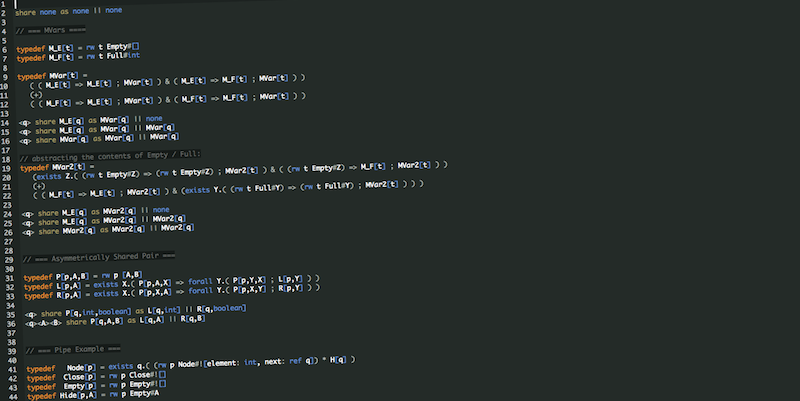
Protocol Composition
- Browser-based programming language prototype, for the ECOOP'16 research paper.
- Built using TypeScript, Ace editor, Jison (parser generator), web-workers, jQuery.
- github.com/fmilitao/protocol-composition
Language prototype for the “Composing Interfering Abstract Protocols” ECOOP’16 research paper.
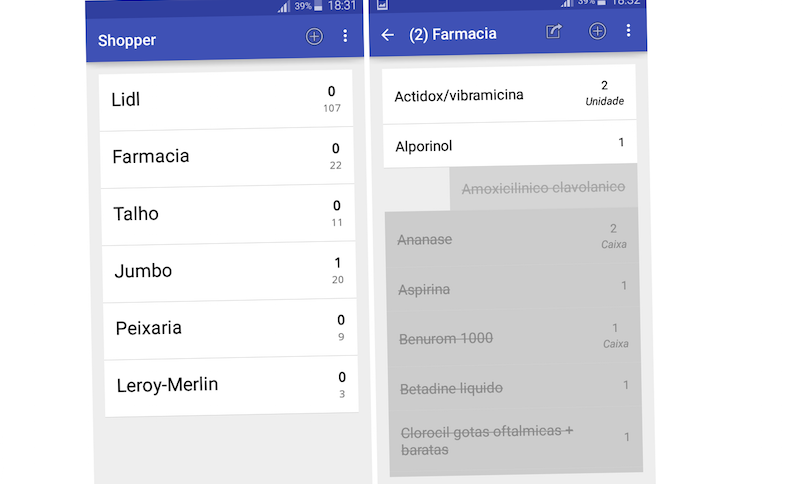
Shopper Android App
- Shopping list android app.
- Built using Android SDK, Java.
- github.com/fmilitao/shopper-android
A shipping list app to manage multiple shopping lists across different shops. Tracks items that were purchased, their quantities, and their categories. Also allows exporting and importing lists from CSV or the clipboard. Swipe movements are also supported.
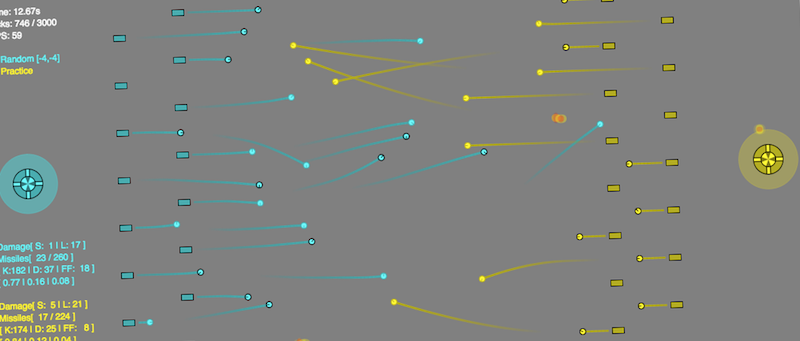
Missile-Command.ts
- A simulation of two circular ships fighting each other.
- Built using TypeScript and HTML5 Canvas.
- github.com/fmilitao/missile-command.ts
This project is a web version of a simulation of two motherships fighting each other in space, in opposite corners of the screen. The original code was in Java using Swing. The port to TypeScript and HTML5 Canvas was mostly seamless with the exception of a few features that TypeScript did not have at the time of the port. Still the look and feel of the game remains virtually identical to the Java version. However, the commanders’ logic is limited to the random command that shoots missiles in random directions towards the opposing mothership.

Clocks
- Three working clocks.
- Built using Snap.svg and TypeScript.
- github.com/fmilitao/clocks
A simple experiment to render 2D wall clocks in SVG on a web page. Each clock has its own distinctive look, with the aim for each to have different style: a hollowed out “wooden” clock, a more classic / old-styled clock, and a modern / minimalistic clock.

2 Worlds, 1 Asteroid Field
- A lunar lander style web experiment, with two opposing worlds.
- Built using TypeScript and matter.js 2d physics engine.
- github.com/fmilitao/2.worlds.1.asteroid.field
A short experiment of building a lunar lander style game, but with realistic physics. To make the scenario more interesting, there are two opposing worlds: one at the bottom of the screen and the other at the top. Gravity pulls in the direction of the world in which the ship is closest to. In the middle of the screen you get “gravity-free” space and a few asteroids to make things more interesting.
There are no points, score, or any other penalty since crashing will just push objects around rather than make them explode. This project was built just to toy with the idea above, but without any meaningful gameplay goals.
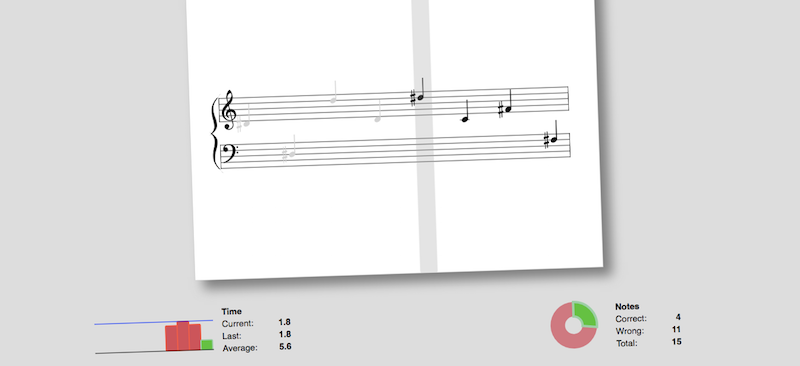
Learn Some Sheet
- Practice reading music sheet notation.
- Built using TypeScript, d3.js, VexFlow, WebMIDI.
- github.com/fmilitao/learn-some-sheet
Practice reading music sheet notation in the browser. Notes are picked randomly, although you can define the range and the number of notes per chord. As you progress, new notes are generated once you reach the end of the current “sheet”. Optionally, you can also have it show helper hints for note names. At the bottom you get a few stats on your speed and error rate.
This project was built to play around with my EZ-200 keyboard, but it should work with any keyboard with USB support via the WebMIDI API. This API works on Google Chrome but other browsers may also support it. Note that standard keyboard is also supported with keys mapped to the corresponding note letter name.
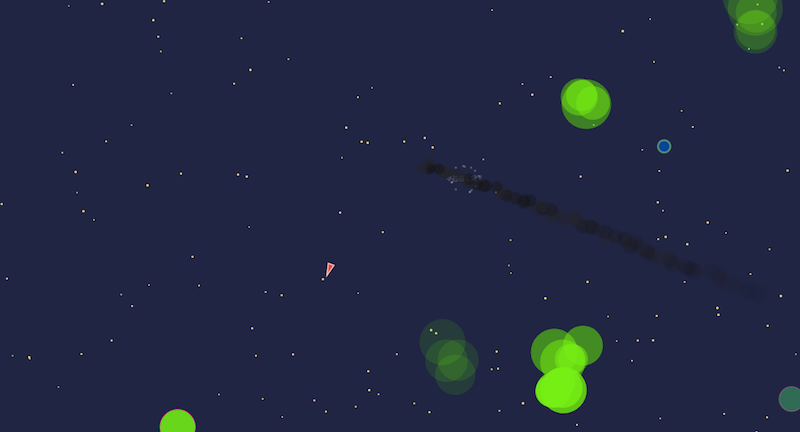
Space Run
- Web game to catch circles with a space ship.
- Built using TypeScript, HTML5 Canvas.
- github.com/fmilitao/space-run
The aim of the game is to get your ship (the red triangle) to hit as many blue circles as possible before the clock runs out and resets your score. Each circle starts small, blue, and with a high point value. As time passes, the circle grows in size, slowly turns green, and loses its point value. Once the circle reaches green it becomes “gue”, which slows the ship down rather than explode and grant points.
The goal with this game was to explore the gameplay idea of a power brake in space. When the ship gathers enough momentum, you can power brake to slow down the ship but keeping that kinetic energy stored. Once the power brake is released the ship immediately recovers the stored speed. This enables the ship to quickly manoeuvre without losing much speed. By using the power brake you can zig-zag around tight place very quickly, but it requires some practice to get it right.
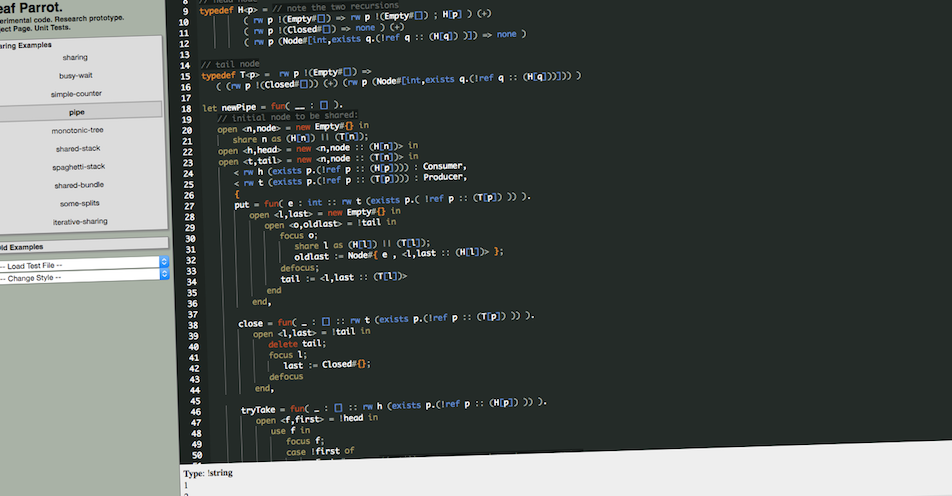
Deaf Parrot
- Browser-based programming language prototype, for the ECOOP'14 research paper.
- Built using JavaScript, Ace editor, Jison (parser generator), web-workers, jQuery.
- github.com/fmilitao/deaf-parrot
Language prototype for the “Rely-Guarantee Protocols” ECOOP’14 research paper.
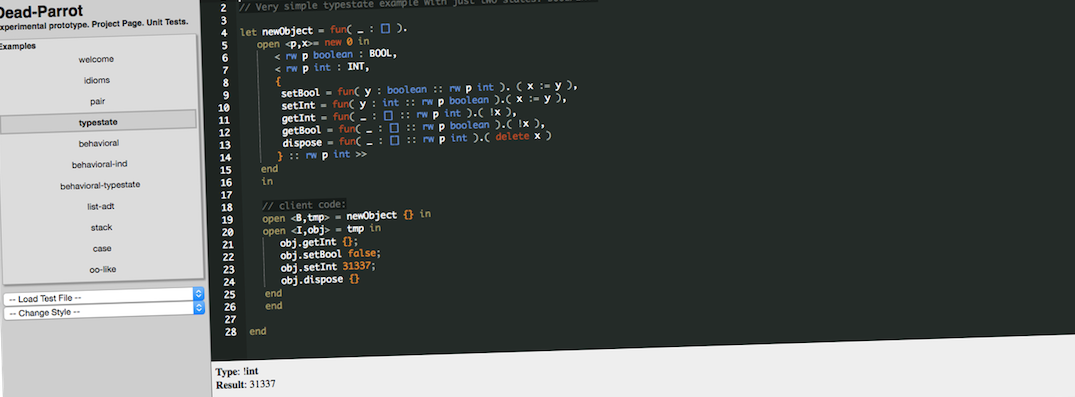
Dead Parrot
- Browser-based programming language prototype, for the PLPV'14 research paper.
- Built using JavaScript, Ace editor, Jison (parser generator), web-workers, jQuery.
- github.com/fmilitao/dead-parrot
Language prototype for the “Substructural Typestates” PLPV’14 research paper.
Old Projects
Some projects that were built long time ago without using a version control system. Although code quality is not great, they can still be fun to play.
-
Mine Hunter, destroy magnetic mines in space.
-
Multiplication table, jQuery-based multiplication table practice.
-
SECD compiler+machine, SECD in javascript.